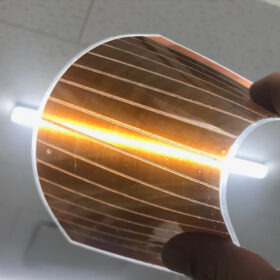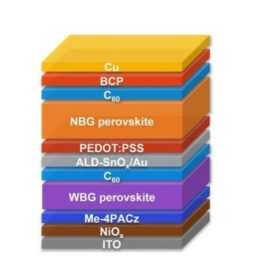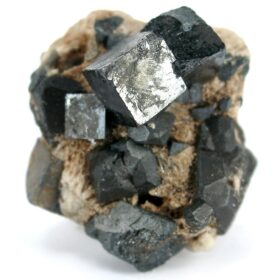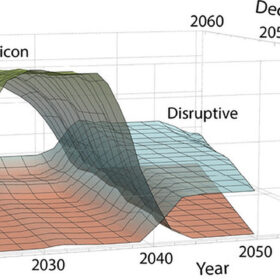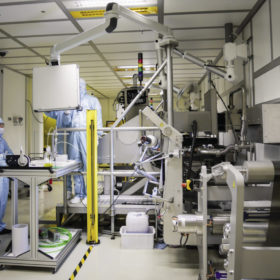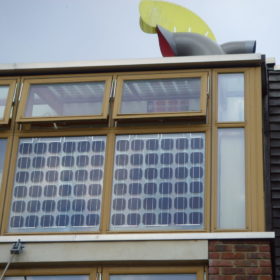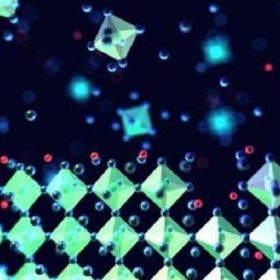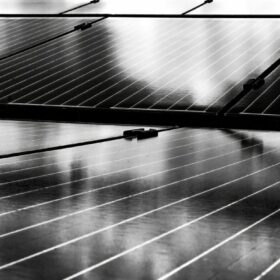Japan aims to deploy 20 GW of perovskite solar by 2040
The Japanese government says it expects perovskite solar modules to be produced in large quantities at JPY 20 ($0.13)/W by 2025, JPY 14/W by 2030, and JPY 10/W by 2040.
Reliance to commercialize perovskite, back-contact HJT-IBC solar by 2026
Reliance Industries’ new energy business is currently developing first-generation bifacial solar panels using indigenized HJT technology with 26% cell efficiency. It is also working on perovskites and back-contact HJT-IBC, which it expects to commercialise within the next two years.
Perovskite-perovskite tandem solar cell based on tin-lead top device achieves 28.20% efficiency
Developed by a research group in China, the two-terminal all-perovskite tandem device utilizes a 23.11%-efficient single-junction top cell relying on an optimized Sn-Pb perovskite material. The perovskite-perovskite cell was also able to retain 95.7% of the initial efficiency after being stored in a glovebox for 2,200 h.
The Hydrogen Stream: Perovskites-based photoanodes for photoelectrochemical (PEC) water splitting
A research team has developed OHP-based photoanodes for photoelectrochemical (PEC) water splitting, minimizing the usual limitations. Meanwhile, China released its first hydrogen guideline, and Germany announced €18.6 billion for the hydrogen industry. Finally, a German company finds out that hydrogen trains are more expensive than battery-operated vehicles.
Qcells builds pilot line for perovskite-silicon tandem PV cells in South Korea
Qcells says it is building a pilot line for perovskite-silicon tandem solar cells that will start operations later this year in South Korea. It is working closely with its team in Germany, where it has already established another pilot line for tandem cells.
The world can manufacture enough solar to reach decarbonization goals
NREL researchers model viable pathways to supplying the estimated 60 TW of capacity required for decarbonization, and study the effect that disruptive solar technologies may have on deployment cost and market opportunity.
Modeling the potential of lead-free perovskites
Scientists in India modeled the performance of tin-based perovskite (methylammonium tin triiodide) finding that with careful optimizations the material could achieve efficiencies beyond 28%.
The long read: 2020 is the decade of perovskite PV
About 10 years ago, perovskite solar cells (PSCs) made their entry into the world of PV with a power conversion efficiency of 3.8%. Fast forward to 2020, and PSCs are the talk of the town, with a string of impressive laboratory achievements to their name. Global research efforts have shifted toward PSCs as efficiencies keep on getting thrashed on a regular basis. But is it too soon to say that the technology is ready for commercialization?
MIT researchers say PV innovations should be deployed in niche markets first
Solar module manufacturers should begin testing new technologies in higher-value niche markets, say scientists at the U.S. institution. For example, bringing perovskite technology directly to the mainstream market remains prohibitive in terms of initial investment but segments such as building-integrated PV or microelectronics devices may offer better routes to commercial maturity.
Fixing perovskite solar cell defects with potassium
Scientists led by Cambridge University have discovered that adding a simple solution of potassium to the ink solution has the effect of ‘healing’ defects in metal-halide perovskite films, and immobilizing ion movement. This, according to the researchers, could push the material to higher efficiencies, while also increasing its stability.
